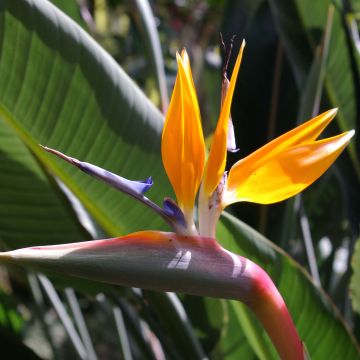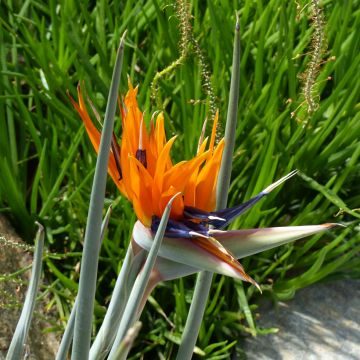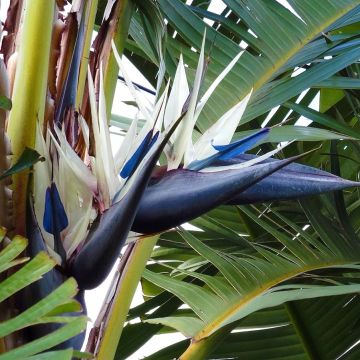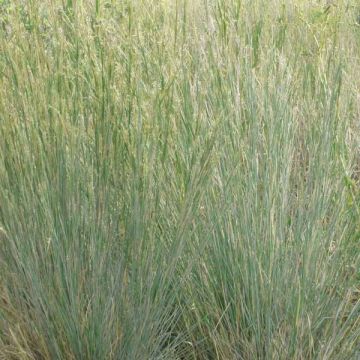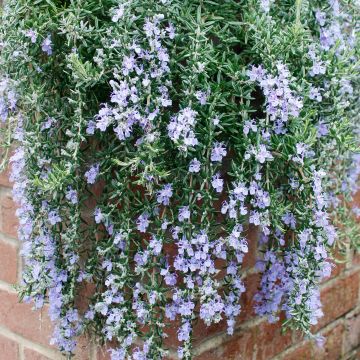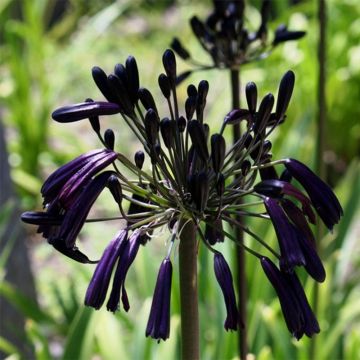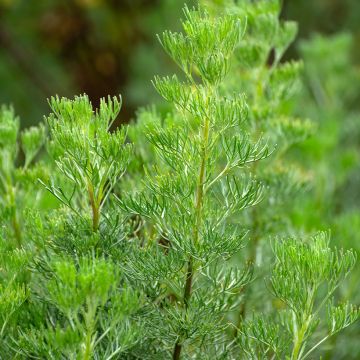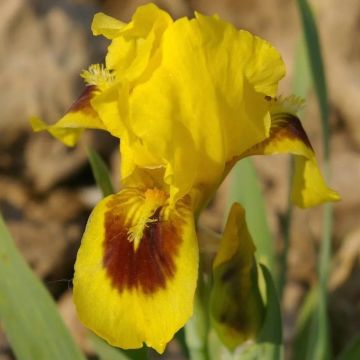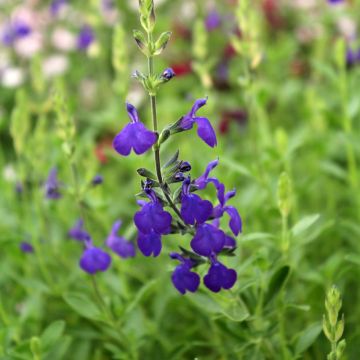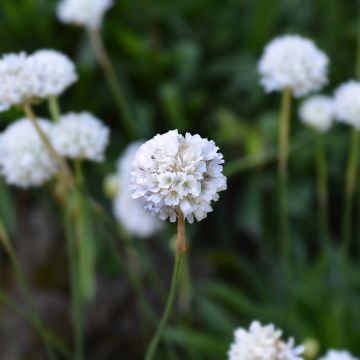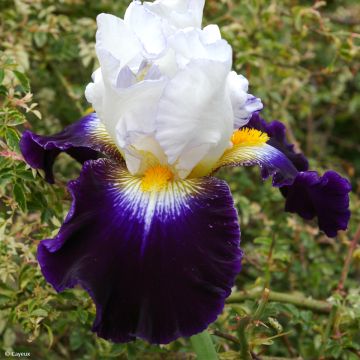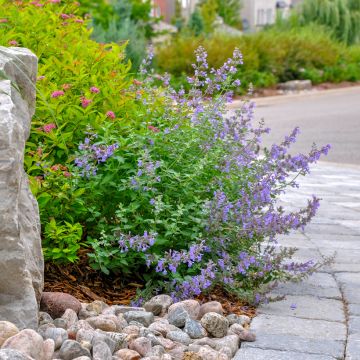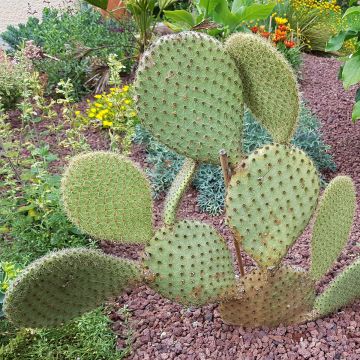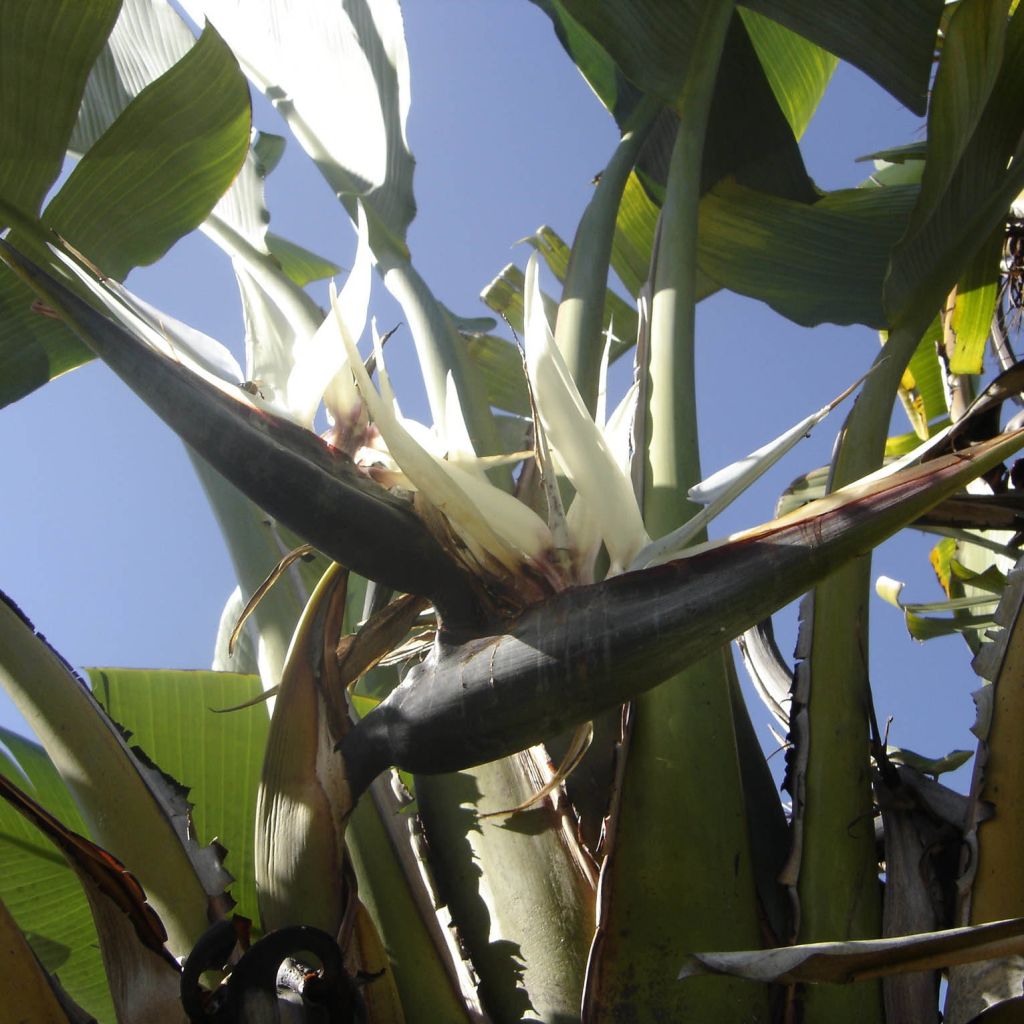

Strelitzia augusta
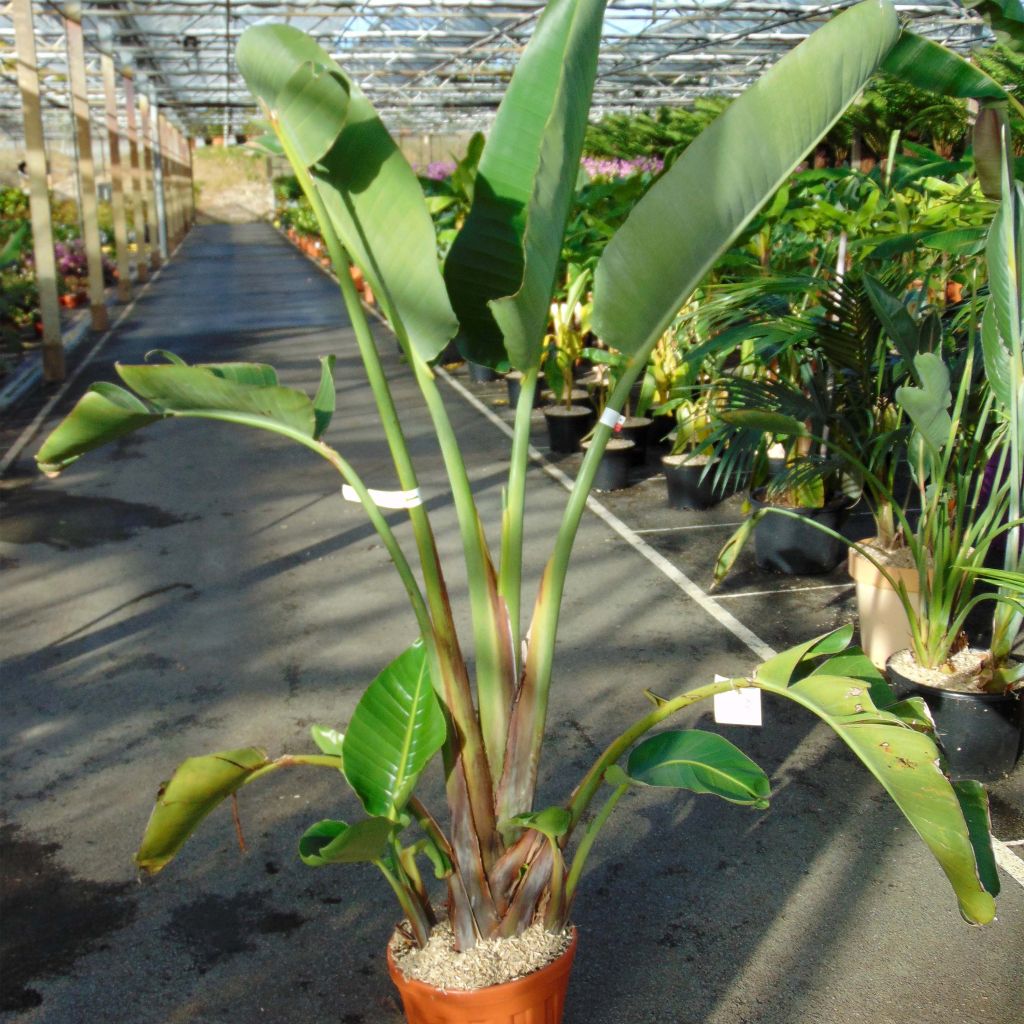

Strelitzia augusta
Strelitzia augusta
Strelitzia augusta
White Bird of Paradise, Giant Bird of Paradise
This item cannot be shipped to the selected country
Oversize package delivery charge from €6.90
Delivery charge from €5.90
Delivery to Corse prohibited
More information
Schedule delivery date,
and select date in basket
This plant carries a 12 months recovery warranty
More information
We guarantee the quality of our plants for a full growing cycle, and will replace at our expense any plant that fails to recover under normal climatic and planting conditions.
Oversize package: home delivery by special carrier from €6.90 per order..
Express home delivery from €8.90.
From €5.90 for pickup delivery and €6.90 for home delivery
Express home delivery from €8.90.
Delivery to Corse prohibited: UE law prohibits the import of this plant from mainland France to Corse as part of the fight against Xylella fastidiosa. Please accept our sincere apologies.
More information
Does this plant fit my garden?
Set up your Plantfit profile →
Description
Strelitzia augusta (synonym S.alba) is a giant white bird of paradise, also known as the False Traveller's Tree due to certain similarities in their vegetation. It is the rarest of the three large South African species in this genus of giant perennials, and the largest, with very old specimens reaching 10 m (33ft) high in Cape gardens. Esteemed for the beauty of its vegetation, this plant also has surprising white flowers with dark bracts resembling the head of an exotic bird, less showy than Strelitzia reginae and smaller than S.nicolai. Grow this magnificent tropical plant in a very large pot that you can place in a bright room or on the terrace during the summer, and store it indoors during frost.
Strelitzia augusta belongs to the Strelitziaceae family, which comprises 5 known species, all native to the clearings and banks along South African rivers. Due to its origins, it only thrives in the mildest Mediterranean climates. Its hardiness does not exceed -2 to -3°C (28.4 to 26.6°F). This evergreen rhizomatous perennial plant can reach 10 m (33ft) high when planted in the ground, and spreads laterally by producing suckers over more than 3 m (10ft). In pots, it rarely exceeds 2.50 to 3 m (8 to 10ft) high with a base width of 1 m (3ft). From the rhizomes, false trunks (stipes) formed by the overlapping sheaths of the petioles emerge. Older stems become woody with leaf scars and often show suckers at the base. At the top of each stipe, large fans composed of long-petioled leaves are produced in two rows. They are 2 m (7ft) long, including the petiole, and 40-60 cm (0 and 16in) wide. Their truncate and heart-shaped leaves are strongly marked by secondary veins and are often laterally split like banana leaves. They are satiny, dark greenish-grey, sometimes with a purplish-tinged midrib. Flowering occurs from May-June to September. Large, very dark blue-grey tinged with violet spathes, 25 to 30 cm (10 to 12in) rise from the leaf axils and produce 5 flowers with white petals, followed by capsules containing reddish seeds.
Strelitzia is the ultimate exotic cut flower for florists due to its extraordinary structure and the beautiful, rare harmony of colours found on the inflorescence. It is also a magnificent conservatory plant, which only dislikes the cold and is easy to grow as long as it has enough space, water, and nutrients during the growing season. You can easily create an exotic setting around the Strelitzia by combining it with cannas, castor oil plants, a Melianthus major, a Billbergia nutans, a small banana tree, gingers, and a small palm tree such as the Sabal minor for example. In the most sheltered gardens, you can attempt to grow it in the open ground, preferably in partial shade in the south, and with good winter protection.
Report an error about the product description
Strelitzia augusta in pictures
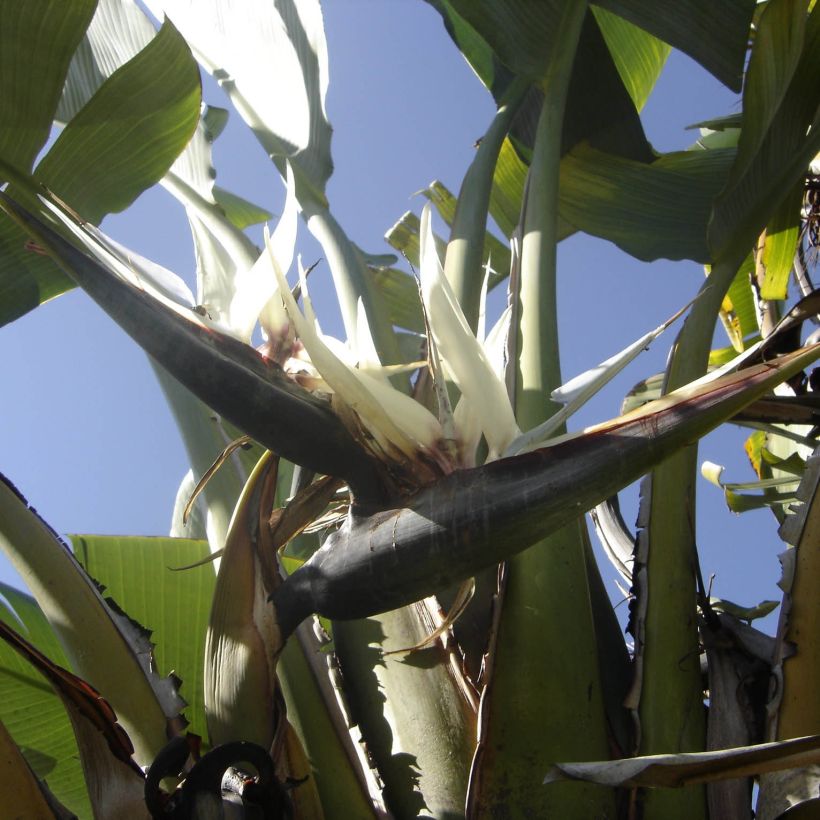

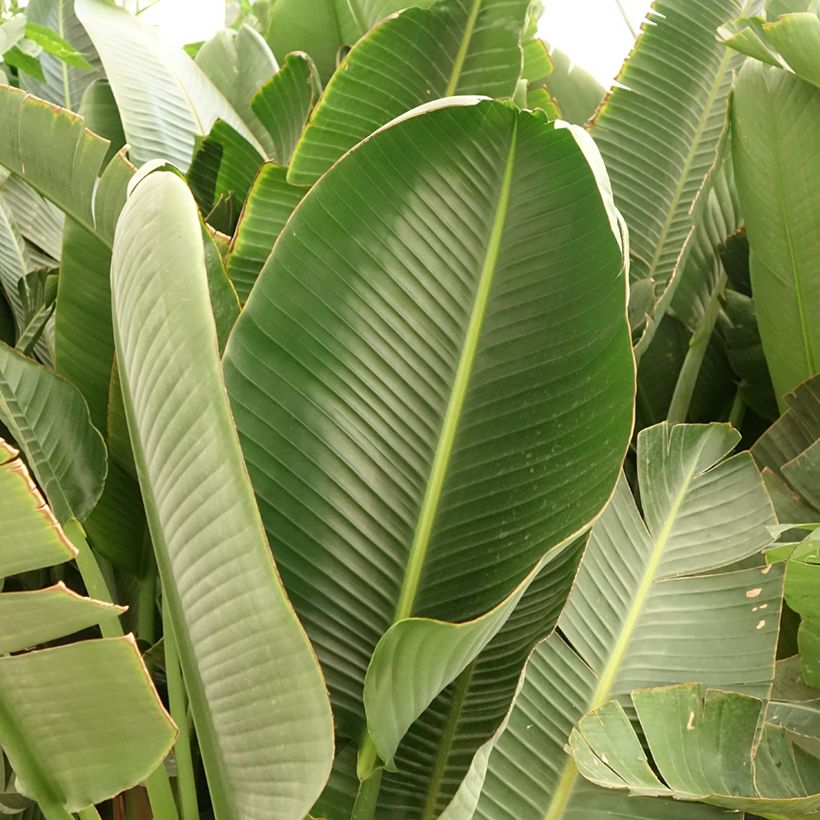



Flowering
Foliage
Plant habit
Botanical data
Strelitzia
augusta
Strelitziaceae
White Bird of Paradise, Giant Bird of Paradise
South Africa
Other Strelitzia - Bird of Paradise
Planting and care
Strelitzia is a tropical, frost-sensitive plant that can tolerate a few, short, light frosts (-2°C (28.4°F)) provided the soil is well-drained. It can only be grown in open ground in the most sheltered gardens of the mildest regions. Fortunately, it is easy to cultivate in pots, stored frost-free in winter, in a bright, cool, well-ventilated room, provided you have enough space when the plant reaches its eventual size. Plant it in fertile soil, rich in organic matter, moist throughout the growing period but very porous, and in a sheltered position away from the coldest winds. Place your bird of paradise in full sun, preferably facing south, but in partial shade in hot climates.
In winter, in open ground, surround the plant with fleece to gain a few precious degrees, and cover the base with a thick mulch. Water regularly and abundantly in summer, reduce in winter.
Pot cultivation:
Use a large pot with drainage holes. Add a layer of 5 cm (2in) of clay balls or potshards to aid drainage. Prepare a mixture of potting soil and compost, and place your pot in a very bright room, not too warm in winter. A few hours of direct sunlight per day are essential to induce flowering, but beware of the harsh midday sun behind glass. Filter the light to avoid burning the foliage. Take your plant outside from May to September.
Water regularly during the growing season, but allow the surface of the substrate to dry out to 3 cm (1in) before watering again. Never leave stagnant water in the saucer. During the rest period, place the plant in a bright and cool room (around 13°C (55.4°F)) and water very little.
A very large plant which has grown too big to repot will benefit from a top dressing of potting soil and compost once a year in spring.
Propagation: divide the crown in spring, by taking a portion of rhizome with roots and a dormant bud (an eye).
Planting period
Intended location
Care
This item has not been reviewed yet - be the first to leave a review about it.
Mediterranean perennials
Haven't found what you were looking for?
Hardiness is the lowest winter temperature a plant can endure without suffering serious damage or even dying. However, hardiness is affected by location (a sheltered area, such as a patio), protection (winter cover) and soil type (hardiness is improved by well-drained soil).

Photo Sharing Terms & Conditions
In order to encourage gardeners to interact and share their experiences, Promesse de fleurs offers various media enabling content to be uploaded onto its Site - in particular via the ‘Photo sharing’ module.
The User agrees to refrain from:
- Posting any content that is illegal, prejudicial, insulting, racist, inciteful to hatred, revisionist, contrary to public decency, that infringes on privacy or on the privacy rights of third parties, in particular the publicity rights of persons and goods, intellectual property rights, or the right to privacy.
- Submitting content on behalf of a third party;
- Impersonate the identity of a third party and/or publish any personal information about a third party;
In general, the User undertakes to refrain from any unethical behaviour.
All Content (in particular text, comments, files, images, photos, videos, creative works, etc.), which may be subject to property or intellectual property rights, image or other private rights, shall remain the property of the User, subject to the limited rights granted by the terms of the licence granted by Promesse de fleurs as stated below. Users are at liberty to publish or not to publish such Content on the Site, notably via the ‘Photo Sharing’ facility, and accept that this Content shall be made public and freely accessible, notably on the Internet.
Users further acknowledge, undertake to have ,and guarantee that they hold all necessary rights and permissions to publish such material on the Site, in particular with regard to the legislation in force pertaining to any privacy, property, intellectual property, image, or contractual rights, or rights of any other nature. By publishing such Content on the Site, Users acknowledge accepting full liability as publishers of the Content within the meaning of the law, and grant Promesse de fleurs, free of charge, an inclusive, worldwide licence for the said Content for the entire duration of its publication, including all reproduction, representation, up/downloading, displaying, performing, transmission, and storage rights.
Users also grant permission for their name to be linked to the Content and accept that this link may not always be made available.
By engaging in posting material, Users consent to their Content becoming automatically accessible on the Internet, in particular on other sites and/or blogs and/or web pages of the Promesse de fleurs site, including in particular social pages and the Promesse de fleurs catalogue.
Users may secure the removal of entrusted content free of charge by issuing a simple request via our contact form.
The flowering period indicated on our website applies to countries and regions located in USDA zone 8 (France, the United Kingdom, Ireland, the Netherlands, etc.)
It will vary according to where you live:
- In zones 9 to 10 (Italy, Spain, Greece, etc.), flowering will occur about 2 to 4 weeks earlier.
- In zones 6 to 7 (Germany, Poland, Slovenia, and lower mountainous regions), flowering will be delayed by 2 to 3 weeks.
- In zone 5 (Central Europe, Scandinavia), blooming will be delayed by 3 to 5 weeks.
In temperate climates, pruning of spring-flowering shrubs (forsythia, spireas, etc.) should be done just after flowering.
Pruning of summer-flowering shrubs (Indian Lilac, Perovskia, etc.) can be done in winter or spring.
In cold regions as well as with frost-sensitive plants, avoid pruning too early when severe frosts may still occur.
The planting period indicated on our website applies to countries and regions located in USDA zone 8 (France, United Kingdom, Ireland, Netherlands).
It will vary according to where you live:
- In Mediterranean zones (Marseille, Madrid, Milan, etc.), autumn and winter are the best planting periods.
- In continental zones (Strasbourg, Munich, Vienna, etc.), delay planting by 2 to 3 weeks in spring and bring it forward by 2 to 4 weeks in autumn.
- In mountainous regions (the Alps, Pyrenees, Carpathians, etc.), it is best to plant in late spring (May-June) or late summer (August-September).
The harvesting period indicated on our website applies to countries and regions in USDA zone 8 (France, England, Ireland, the Netherlands).
In colder areas (Scandinavia, Poland, Austria...) fruit and vegetable harvests are likely to be delayed by 3-4 weeks.
In warmer areas (Italy, Spain, Greece, etc.), harvesting will probably take place earlier, depending on weather conditions.
The sowing periods indicated on our website apply to countries and regions within USDA Zone 8 (France, UK, Ireland, Netherlands).
In colder areas (Scandinavia, Poland, Austria...), delay any outdoor sowing by 3-4 weeks, or sow under glass.
In warmer climes (Italy, Spain, Greece, etc.), bring outdoor sowing forward by a few weeks.

































